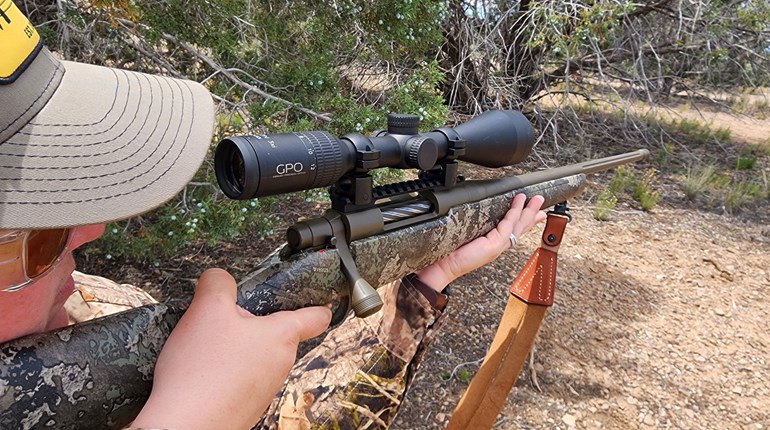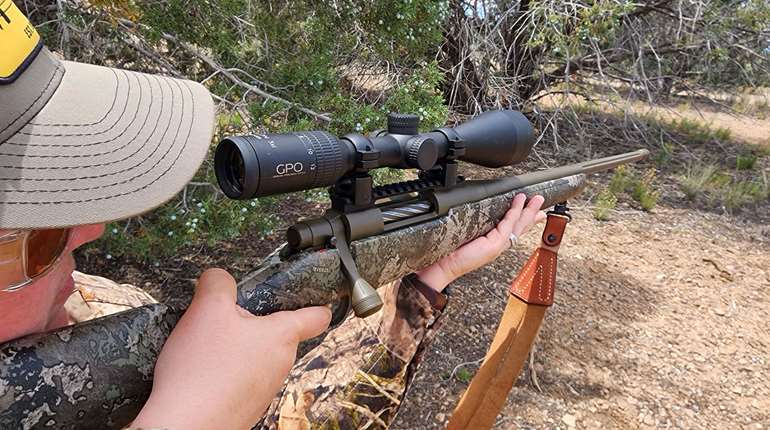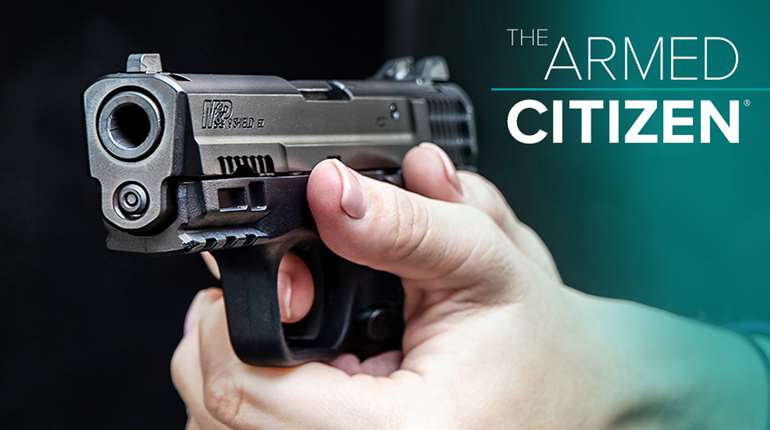
Violent crime often seems to “come out of nowhere,” but the fact is that it unfolds in a predictable process consisting of five stages. You might not be present for the initial stages, or you might be there but not realize what you’re witnessing is a crime in development. But if you can learn the stages and how to recognize them when they’re happening, you increase your chances of getting out of the situation before the actual attack, which is stage four of five. Understanding and being able to recognize these stages can even help you if you end up using force in self-defense—it will be immensely helpful if you can explain clearly why you knew it was time to draw your gun on a guy who’s now claiming he was “just trying to have a conversation.”
These stages frequently unfold over a few seconds or a few minutes. Sometimes they happen so rapidly (often when the criminal acts on impulse) that they’re almost undetectable. At times they can even unfold over the course of an evening, a day, a week, or years—as in the case of an abusive domestic partner who will spend the first few months of a relationship hiding his true nature as he seeks and develops control over his eventual victim. Though this is the typical order, an opportunistic predator might shuffle the first three steps if he stumbles upon an easy victim. Maybe he wasn’t planning to mug anyone that day, but a victim presented itself and the temptation was too much. In that case, stages two and maybe three come before stage one. But in most cases, the stages will unfold in order, even if you don’t see all of them as they happen.
Stage One: Intent
This seems obvious, but crime starts with the criminal deciding he wants (or feels he “needs”) to commit an act of violence. He has decided he wants something, and violence is the best or easiest way to get it, or he is reacting emotionally to his circumstances. This decision happens in his head, of course, so you can’t see it, but there will be physical indicators if you’re around him at the time he makes the decision.
A man at a bar who is getting increasingly drunk and angry at a fellow patron might not necessarily be about to get violent, but he is sending strong signals that it’s a possibility. A domestic partner who has made violent threats or who has used violence before has already demonstrated intent.
Physical signals such as tensed muscles, flushed or pale skin, heavy breathing, and a shift in their voice/tone are telegraphing potential intent. You instinctively know what someone looks like when they are angry or getting amped up for something. This is often a signal of intent. If you are around someone whose behavior is concerning you, get out if you can.
Stage Two: Interview
You can read all about the criminal interview (and how to fail it) here, but the criminal can’t commit a violent crime without first selecting a victim, and the interview stage is where victim selection happens. He doesn’t want to fail in his attempt or get caught or hurt in the process, so he will select or eliminate potential victims as he interviews them based on how easy or difficult he thinks they will make his task.
Sometimes the interview is a conversation, intended as a distraction to buy him time to size you up. You defend against this by paying attention to where you are and who is around you, maintaining your personal space boundary, firmly saying “no” to anything he asks you, and giving off your best “I know what’s going on here, so don’t screw with me” vibe.
Sometimes the interview is more direct—he might run up to you acting erratic or screaming, counting on you to cower. You defend against this by immediately shifting into condition red and signaling to him that you are a fighter, not a victim.
Sometimes the interview unfolds over time, starting as a normal conversation that grows increasingly hostile or aggressive to see how you respond (this is common in date rape). Other times it unfolds over weeks or months, as in stalking cases, serial killers or serial rapists, or con-men playing the “long game” that probably won’t turn violent, but will hurt nonetheless.
The interview can even be silent, as the criminal watches you from afar, learning about you and gathering details or information that he’ll use to evaluate how easy a victim you will be. In this case, you won’t know the interview is happening, unfortunately, and this is when crime feels like it “comes out of nowhere.”
Stage Three: Positioning
Once he’s decided to commit violent crime and decided that you are an ideal victim, a bad guy must put himself into position to carry out his crime—he must get physically close to you and/or put you in a position where you can’t escape. You can read all about positioning here, but to highlight a few things to look out for:
- Be careful in sparsely populated areas where people are passing through with something else on their minds (parking lots, subway stations, alleyways, stairwells).
- Beware of anyone getting inside your personal space, especially if they do it again after you move away.
- Watch for areas criminals could hide for an ambush.
- Beware anyone who seems to be walking on a course that will intercept yours, especially if you change course and they change theirs to match.
- Beware multiple people who split apart as you approach them, or who are standing such that you must pass them in a line. They could be planning to flank or surround you.
Of course, not everyone who strikes up a conversation with you or gets close to you is doing so with criminal intent. You’ll need to use a good threat assessment model like AOI to evaluate context clues to figure out who’s a problem and who’s just being friendly (or clueless).
Stage Four: Attack
This is when the criminal carries out his act of violence or at least threatens violence to try to achieve his goal. This is when he pulls the knife and demands your wallet, physically strikes you, snatches you off the street, shoves you to the ground, or pulls out a gun and shoots you if murder is his goal. If you hope to defend yourself with deadly force, and he’s already positioned himself inside attack range and kicked off the violence, it is probably too late to draw your firearm now. Sometimes the situation is so desperate that you won’t have a choice but to try anyway. This is why it's extremely important to recognize what’s happening in the first three stages, so that you arrive at “go time” (which for the victim is condition red) before or at least at the same time he does.
Stage Five: Reaction
Immediately following the attack, and maybe even while it’s still happening, you and the criminal will both be running through an OODA loop, evaluating what just happened and deciding what you’re going to do about it. This happens rapidly and repeats itself over and over. If his intent was to steal your purse and his attack achieved that goal, his reaction might be to just run away (this is a win for you). If his intent was to rape you and you punched a couple of holes in his chest, his reaction might be to crumple to the floor. He’ll respond to the success of his attack and to your reaction to it, and you’ll be reacting to each other’s reactions until the encounter ends one way or another.
The violence isn’t over until the threat is stopped, so pay attention to what he does after his attack and determine if he’s still a threat. Do you need to reholster because the threat has stopped? Do you need to keep your gun out and call 9-1-1 because he’s incapacitated? Has he run away and you need to report the crime? Are you injured? What other responses are appropriate and necessary to ensure things get better or at least don’t get worse?
The five stages of violent crime can happen rapidly or unfold over a long period, but every violent crime does go through them, which makes crime at least a little bit predictable if you know what to look for.














































